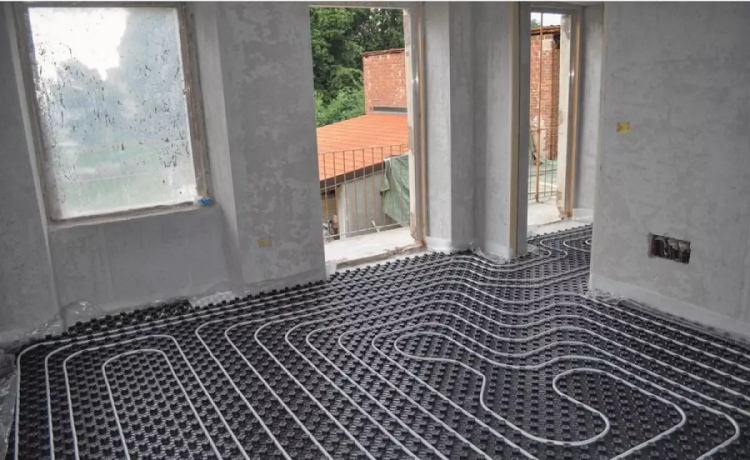Introduction
Underfloor heating is a luxurious and efficient way to keep your home warm, providing comfort without the need for bulky radiators. As more homeowners opt for this modern heating solution, understanding the installation process becomes crucial. In this guide, we will delve into the intricacies of underfloor heating installation, shedding light on the steps involved and the key considerations for a successful setup.
Choosing the Right System
Before diving into the installation process, it’s essential to choose the right underfloor heating system for your home. There are two main types: electric underfloor heating and water-based (hydronic) underfloor heating. Electric systems use heated cables or mats, while water-based systems circulate warm water through pipes beneath the floor.
The choice between these systems depends on various factors, including your budget, the type of flooring, and the specific heating requirements of each room. Electric systems are often more straightforward to install and are suitable for smaller areas, while water-based systems are ideal for larger spaces and provide a more consistent heat distribution.
Preparing the Subfloor
A crucial step in underfloor heating installation is preparing the subfloor. The subfloor needs to be clean, dry, and level to ensure even heat distribution. If you’re installing underfloor heating in a new-build property, you have the advantage of planning the subfloor accordingly. In retrofit situations, existing flooring may need to be removed to access and prepare the subfloor adequately.
Insulation is another important consideration during this stage. Proper insulation beneath the heating elements ensures that the warmth is directed upward into the room, preventing heat loss into the ground. This not only enhances the efficiency of the system but also helps to reduce energy consumption and heating costs.
Installing the Heating Elements
Once the subfloor is prepared, the next step is installing the heating elements. For electric underfloor heating, this involves laying out the heating mats or cables evenly across the floor. Mats are often preferred for their simplicity and uniform spacing, while cables offer more flexibility in terms of customizing the heating layout.
In water-based systems, a network of pipes is laid out according to the heating plan. These pipes are typically made of cross-linked polyethylene (PEX) and are arranged in a serpentine pattern. The layout is designed to cover the entire floor area, ensuring consistent heating. The pipes are secured in place using fixing systems such as clips or a specialized mesh.
Connecting to the Heat Source
For electric underfloor heating, connecting the heating elements to the power source is a straightforward process. It involves linking the heating mats or cables to a thermostat and then connecting the thermostat to the mains electricity. It’s essential to follow the manufacturer’s guidelines and local electrical codes to ensure a safe and compliant installation.
In water-based systems, the pipes need to be connected to a heat source, typically a boiler or a heat pump. The choice of heat source depends on various factors, including the size of the property and the desired energy efficiency. The system is then filled with a mixture of water and an antifreeze solution to prevent freezing during colder months.
Flooring Installation
After the heating elements are in place and connected, the final step is to install the flooring. The type of flooring material you choose can impact the efficiency of the underfloor heating system. Generally, materials with good thermal conductivity, such as tile or stone, work well with underfloor heating as they allow the heat to radiate efficiently.
It’s crucial to follow the flooring manufacturer’s guidelines regarding compatibility with underfloor heating. Some materials, like hardwood, may require additional precautions to prevent damage from excessive heat. Once the flooring is installed, it’s important to wait for the adhesive or mortar to set completely before turning on the underfloor heating system













